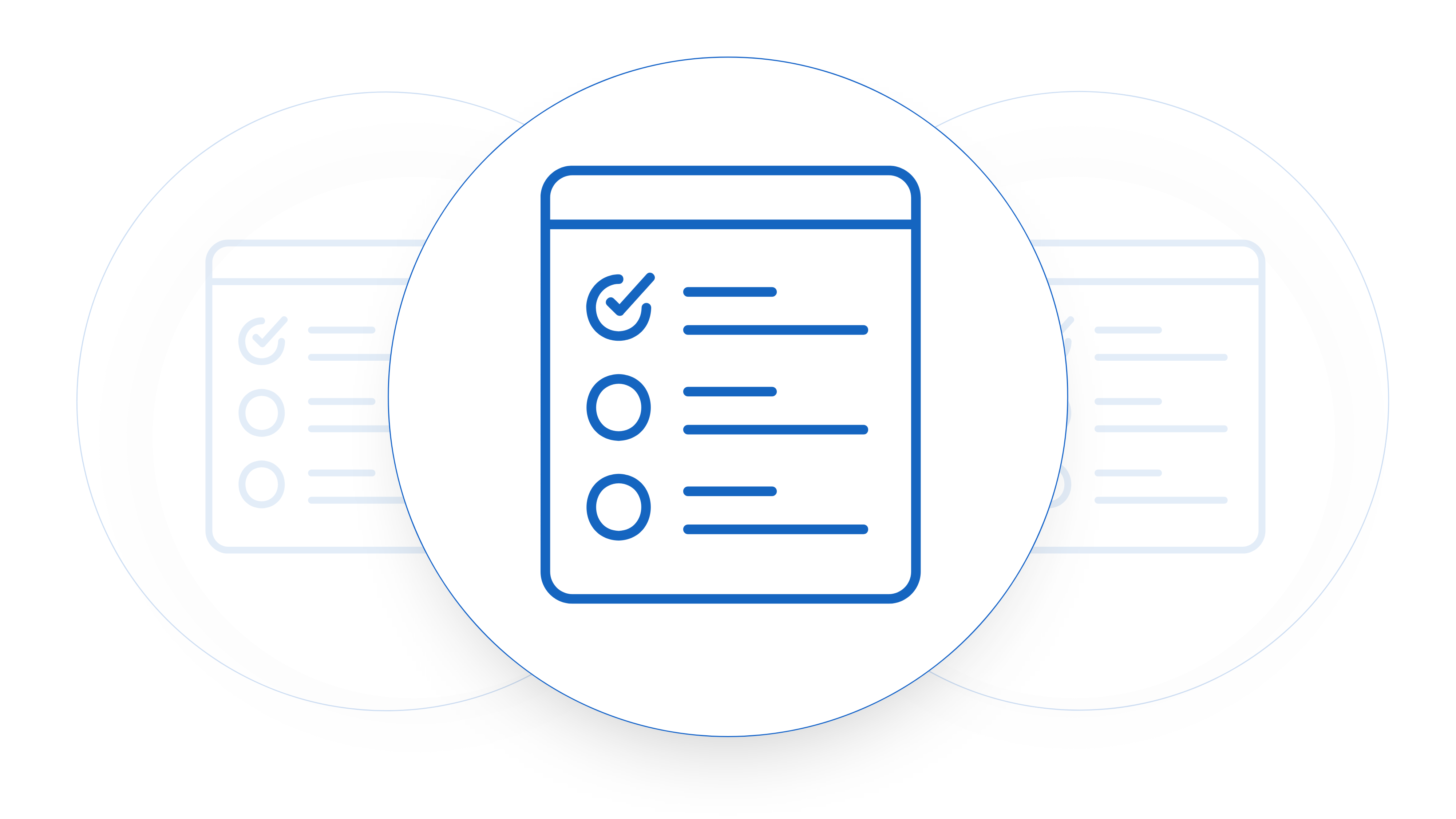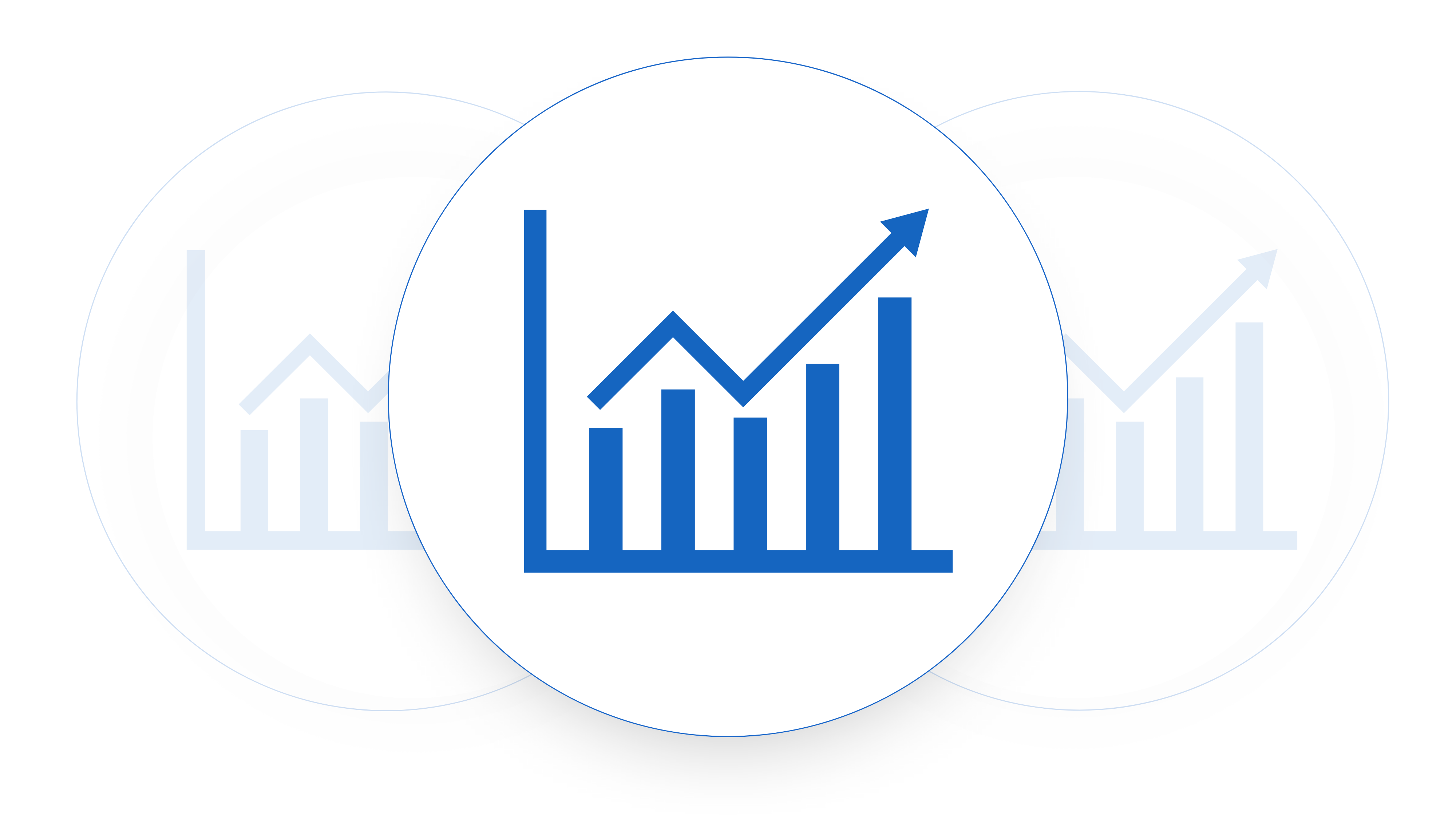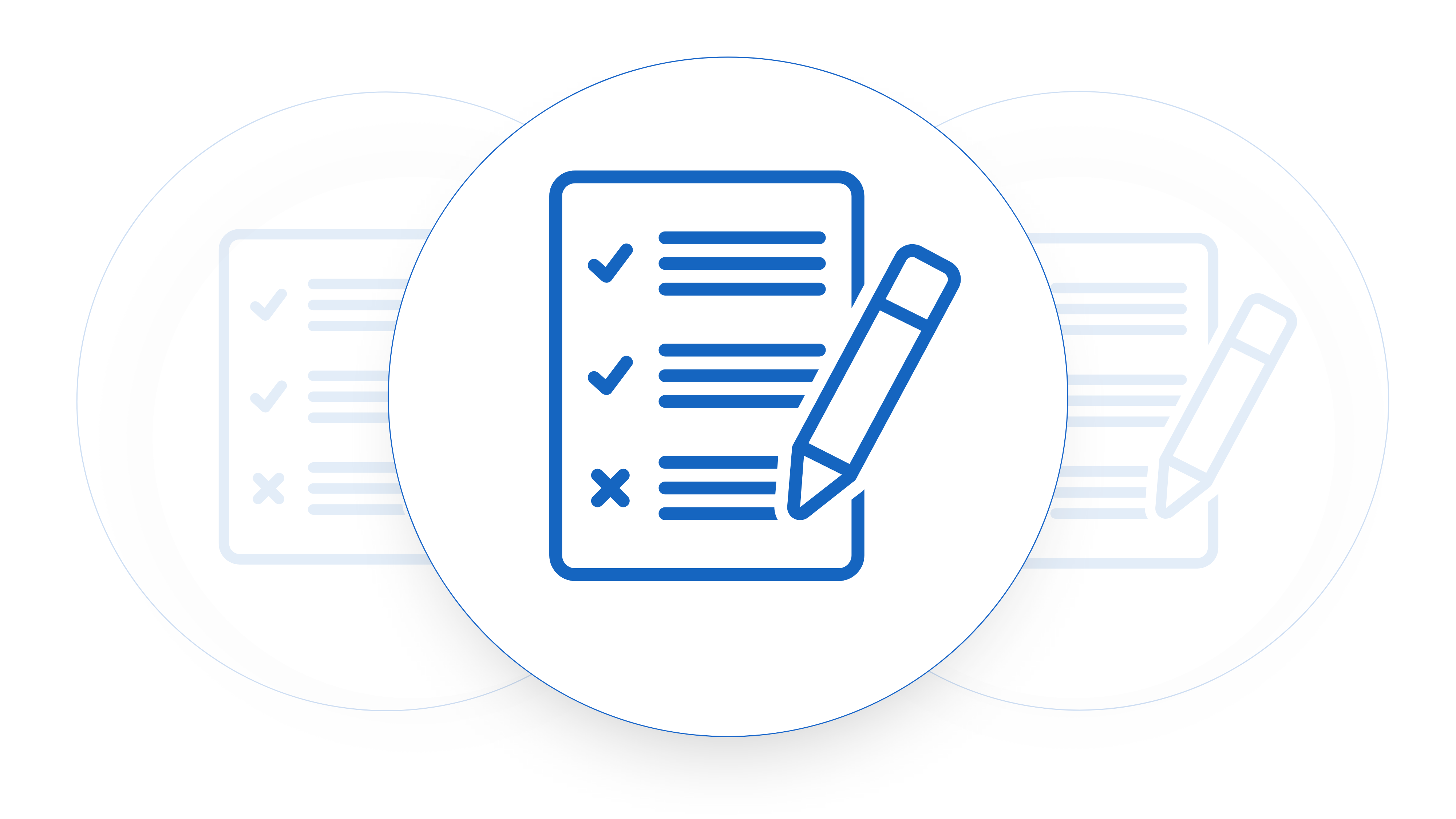Getting your startup off the ground and starting to make your first sales? Amazing! Now it’s time to get your first contract template up and running. One of the first things you’ll need to do is understand what is important in a sales contract. We’re going to have quick look at this quick in two ways. The first is the basics. We’ll look the structure of a software as a service sales contract and the standard things that should be in every contract. After that we’ll take a look at how you go about mapping out what is important in a sales contract for your company specifically.
The Basic SaaS Contract Clauses
A Software as a Service (SaaS) sales contract should generally cover several key elements to protect both contract parties involved. These clauses are fairly standard across most contracts and work to lay out the contractual rights and responsibilities of both you and your customer. Here are some basic things that should be included:
Understanding the Basics:
- Parties Involved: Clearly state the names, addresses and contact information of both parties—the SaaS provider and the customer. This will clearly show your customers legal business name.
- Service Description: Basically what do you do. Detail the SaaS product or service being provided, including its features, functionalities, and any limitations.
- Service Level Agreement (SLA): Define the service level expectations, such as uptime, support response times, and any penalties for not meeting these commitments.
- Fees and Payment Terms: Outline the pricing structure, general SaaS payment terms, any applicable taxes, and accepted payment methods. This section may also cover details about any trial periods or refunds.
- Intellectual Property Rights: Specify the ownership of intellectual property rights. Usually, the provider retains ownership of the software, while the customer gets a license to use it.
Legal Basic’s Terminologies:
- Data Security and Privacy: Address how data will be handled, protected, and stored. This should include information about data privacy laws compliance, confidentiality, data access, and data retention policies.
- Liability and Indemnification: Define each party’s liability in case of breaches, downtime, or damages caused by the software. Indemnification clauses protect parties from legal claims arising from the use of the service.
- Termination Clause: Outline the conditions under which the contract can be terminated, including notice periods and any associated penalties or fees.
- Governing Law and Dispute Resolution: Specify the jurisdiction governing the contract and the process for resolving disputes, whether through arbitration, mediation, or litigation.
- Updates and Maintenance: Detail how updates, upgrades, and maintenance of the software will be handled, including any associated costs or downtime.
- Insurance and Compliance: Specify any insurance requirements or compliance with industry standards or regulations that both parties must adhere to. A lot of enterprise customers will negotiate this into a contract.
- Miscellaneous Clauses: Include clauses regarding assignment, amendments, waivers, and any other important provisions relevant to the specific agreement. We’ve set out more about these below.
It’s advisable to have a legal professional review and possibly draft the contract to ensure that it aligns with the laws of the relevant jurisdictions and covers all necessary aspects to protect both the provider and the customer. It is also important to ensure you are set up with a contract rather than an agreement.

Contract Management Made for Startups
Set Tasks, Negotiate Faster
What Product Specific Things Are Important In A Sales Contract
To ensure that your SaaS sales contract reflects the product specifics accurately, it’s important to work with your product team. As your product evolves and things change you’ll need to make sure that your legal team understands both the product and the product roadmap.
You should have a product manager give regular updates and walkthroughs to your legal team on the products features and functionality. They should understand what the core features and functionalities of the SaaS product are and use this information to accurately describing the service in the contract. This will help the legal team understand points of risk too.
Your legal team should also be across your products data handing and security. Both the framework in which these are handled but also where issues or vulnerabilities lay. The reason for this is that these things will influence issues around liability negotiation in contracts. The more secure your product the better your lawyer can negotiate lower liability.
Having your legal team also understand user access and permissions both from a customer and an API access perspective will help them properly draft your legal contracts.
Understanding these product-specific details through regular communication between legal and product will help ensure that the SaaS sales contract accurately represents the product’s capabilities, limitations, and commitments, thereby providing clarity and reducing potential conflicts between parties. The teams should have a contract review process to go through whenever a major product release happens.
Redline What Matters
Raise Changes For Approval To Turnaround Contracts Faster
What Industry Specific Clauses Are Important In A Sales Contract?
When you’re drafting your SaaS sales contract you’ll need to ask what’s important in a sales contract for your particular industry. Every SaaS contract is unique. Contracts will differ industry by industry and you’ll need to use both your knowledge and your lawyer’s knowledge to ensure you include the correct things. For industries like Fintech, Healthtech, Insurance Tech, and Edtech, specific considerations and clauses tailored to the nuances of these sectors can greatly enhance the contract’s effectiveness and compliance. Here are some industry-specific examples to think about:
Fintech:
- Compliance and Regulations: Address compliance with financial regulations such as GDPR, PCI-DSS, or specific banking laws (like KYC, AML, or PSD2).
- Data Security and Encryption: Detail encryption standards, data protection measures, and how financial data will be handled securely.
- Liability for Financial Transactions: Clarify liability regarding financial transactions, fraud protection, and dispute resolution related to financial activities.
- Scalability and Performance in High-Traffic Periods: Specify how the system handles high transaction volumes and ensure service levels are maintained during peak times.
- Financial Reporting and Audit Trails: Include provisions for reporting, auditing, and providing transparent audit trails for financial transactions.
- Data Jurisdiction Issues: Does the jurisdiction you’re operating in require you to only store data in a certain place or way.
Healthtech:
- HIPAA Compliance: Address compliance with Health Insurance Portability and Accountability Act regulations to ensure the protection of patient health information.
- Data Privacy and Confidentiality: Detail how patient data will be handled, stored securely, and accessed by authorized personnel only.
- Interoperability and Integration: Specify how the software integrates with existing health systems and ensures data interoperability while maintaining security.
- Consent and Permissions: Address patient consent mechanisms and permissions for sharing or accessing health records and information.
- Healthcare Standards Adherence: Comply with industry standards such as HL7, ICD-10, or DICOM if applicable to the service.
Insurance Tech:
- Compliance with Insurance Regulations: Ensure adherence to insurance industry regulations specific to the region, covering aspects like claims processing, policy management, and underwriting.
- Data Protection and Privacy: Address how sensitive customer information, claims data, and policyholder details are handled and secured.
- Claims Processing and Dispute Resolution: Clarify the process for handling insurance claims, dispute resolution mechanisms, and any associated timelines.
- Policy Management and Renewals: Detail how policies are managed, renewed, and updated within the software.
- Risk Management and Liability: Define responsibilities and liabilities related to risk assessment, coverage, and policy terms.
Education Tech:
- Student Data Protection: Address compliance with student data privacy laws like FERPA or COPPA.
- Content Ownership and Intellectual Property: Specify ownership rights for the content uploaded by educational institutions or instructors.
- Accessibility and Inclusivity: Ensure the platform adheres to accessibility standards (e.g., WCAG) to accommodate diverse learner needs.
- User Permissions and Parental Consent: Address user permissions, especially for minors, and parental consent requirements for certain functionalities.
- Gradebook Security and Data Integrity: Ensure the security and integrity of gradebooks, student records, and assessment data.
Understanding your industries needs and customizing the SaaS sales contract to the specific needs and regulatory requirements of these industries will help ensure legal compliance, mitigate risks, and foster better relationships with customers within these sectors. Consulting legal experts familiar with the intricacies of these industries can further enhance the effectiveness of these contracts.











